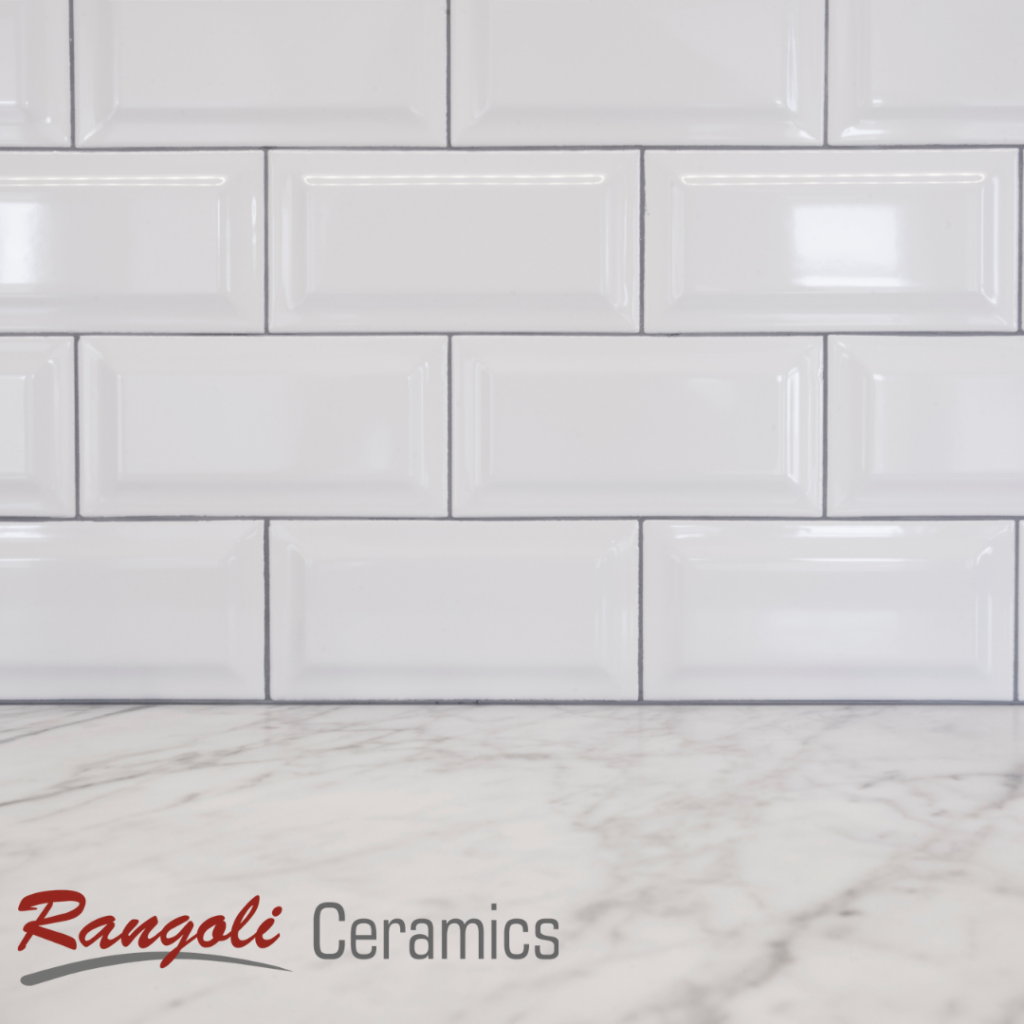In this article we are going to discuss about Why do ceramic tiles pop up? Ceramic tiles have been a top pick for floors and walls, loved for their strength, flexibility, and good looks. However, one common issue that homeowners occasionally encounter with ceramic tiles is the phenomenon of tiles “popping up” or becoming dislodged from their original position. This unexpected occurrence can be both frustrating and concerning.
Why do ceramic tiles pop up?
In this detailed exploration, we will delve into the various factors that contribute to ceramic tiles popping up, the potential reasons behind this phenomenon, and preventive measures that can be taken to ensure the longevity and stability of your tile installations.
Understanding Ceramic Tiles
Ceramic tiles are made from natural clay that is shaped, fired at high temperatures, and glazed to create a durable and visually appealing surface. They are renowned for their resistance to moisture, stains, and wear, making them a popular choice for areas prone to heavy foot traffic, such as kitchens, bathrooms, and entryways.
Why Do Ceramic Tiles Pop Up?
1. Inadequate Adhesive Bond
One of the primary reasons for ceramic tiles popping up is an inadequate bond between the tile and the underlying substrate. Proper adhesion is essential to ensure that tiles remain firmly in place over time. If the adhesive used during installation does not create a strong bond, the tiles can become dislodged due to pressure, vibrations, or shifting of the substrate.
2. Poor Substrate Preparation
The substrate, which is the surface upon which the tiles are installed, plays a crucial role in the stability of the tile installation. If the substrate is not properly prepared—such as being uneven, improperly cleaned, or lacking the necessary bonding agent—the tiles may not adhere securely. Over time, this can lead to tiles popping up as the weak bond weakens further.
3. Moisture and Humidity
Excess moisture and humidity can have a detrimental impact on the adhesive used for tile installation. Moisture can compromise the bond between the tiles and the substrate, causing the adhesive to weaken and eventually leading to tiles becoming dislodged. This is particularly common in areas with high humidity levels, such as bathrooms and kitchens.

4. Substrate Movement
Substrates can experience movement due to various factors such as settling of the building, temperature fluctuations, and external pressure. When the substrate shifts or moves, it can put stress on the tiles and the adhesive, causing the tiles to come loose. Substrate movement can be exacerbated if the adhesive used lacks flexibility.
5. Incorrect Installation Techniques
The process of installing ceramic tiles requires precision and attention to detail. Incorrect installation techniques, such as inadequate mortar coverage, improper trowel size, or incorrect grout application, can compromise the overall stability of the tile installation. These mistakes can eventually lead to tiles popping up.
To know more about ceramic tiles price you can checkout this. As well as to buy tiles you can visit the best tiles shop in Bikaner i.e Rangoli Ceramics.
6. Low-Quality Materials
The quality of the adhesive, grout, and other materials used in the tile installation process is crucial. Low-quality materials may not provide the necessary strength and durability to maintain a secure tile installation over time. Investing in high-quality materials can significantly reduce the risk of tiles popping up.
7. Insufficient Curing Time
After tile installation, the adhesive and grout need sufficient time to cure and bond properly. Rushing through this curing process can weaken the bond between the tiles and the substrate. Remember to stick to the manufacturer’s recommended curing times – that’s key to a strong, long-lasting bond.
Preventive Measures
1. Proper Substrate Preparation
Ensuring that the substrate is clean, level, and properly primed is essential. Adequate preparation provides a solid foundation for the tile installation and contributes to a stronger bond.
2. Quality Adhesive and Materials
Invest in high-quality adhesive, grout, and other materials that are suitable for the specific conditions of the installation area. Using materials recommended by manufacturers can greatly enhance the longevity of your tile installation.
Read Also: History of ceramic tiles
3. Professional Installation
Enlisting the services of experienced and skilled tile installers is crucial. Professionals have the expertise to ensure correct installation techniques, proper mortar coverage, and suitable grout application, minimizing the risk of tiles popping up.
4. Allow Proper Curing Time
Patience is key. Allow the adhesive and grout to cure for the recommended duration before subjecting the tiles to heavy use. Hurrying this step might weaken the whole setup.

5. Address Moisture Issues
In areas prone to moisture, such as bathrooms and kitchens, take measures to manage and prevent excess moisture. Proper ventilation, waterproofing, and the use of moisture-resistant materials can help mitigate the risk of tiles popping up.
6. Regular Maintenance
Perform regular inspections and maintenance of your tile installations. Promptly address any loose tiles or grout issues to prevent the problem from escalating.
7. Flexibility in Adhesive
In areas where substrate movement is likely, consider using adhesive with flexibility properties. This can accommodate minor shifts without compromising the integrity of the installation.
Read Also: Are ceramic tiles good for floors?
Conclusion
Ceramic tiles popping up can be a frustrating and unexpected issue for homeowners. Understanding the potential reasons behind this phenomenon is crucial for prevention and effective resolution. Whether it’s inadequate adhesive bond, poor substrate preparation, moisture-related concerns, or incorrect installation techniques, taking proactive measures during the installation process can significantly reduce the risk of tiles becoming dislodged.
By prioritizing proper substrate preparation, investing in high-quality materials, seeking professional installation services, allowing adequate curing time, and addressing moisture issues, you can ensure the longevity and stability of your ceramic tile installations. Remember that a well-installed and maintained tile surface not only enhances the aesthetics of your space but also adds to the overall value and comfort of your home. So, Now I hope you have understood about why ceramic tiles pop up.

